Gardening can be incredibly rewarding, but even seasoned gardeners can stumble into common pitfalls. Whether it’s planting at the wrong time or overwatering, these mistakes can hinder the growth of your plants. Fortunately, most of these issues are easy to avoid with a little knowledge and preparation.
Contents
- 1 Overwatering Plants
- 2 Planting Too Close Together
- 3 Ignoring Soil Quality
- 4 Planting at the Wrong Time
- 5 Neglecting to Mulch
- 6 Over-Fertilizing
- 7 Choosing the Wrong Plants for Your Climate
- 8 Neglecting Pest Control
- 9 Overlooking Pruning
- 10 Planting in Poor Drainage Areas
- 11 Ignoring Light Requirements
- 12 Using the Wrong Tools
- 13 Neglecting to Weed Regularly
- 14 More From RetailShout
- 15 19 Quick and Easy Dinner Ideas Using Only Trader Joe`s Ingredients
- 16 18 Trader Joe`s Pantry Staples That Are Perfect for Busy Weeknights
Overwatering Plants
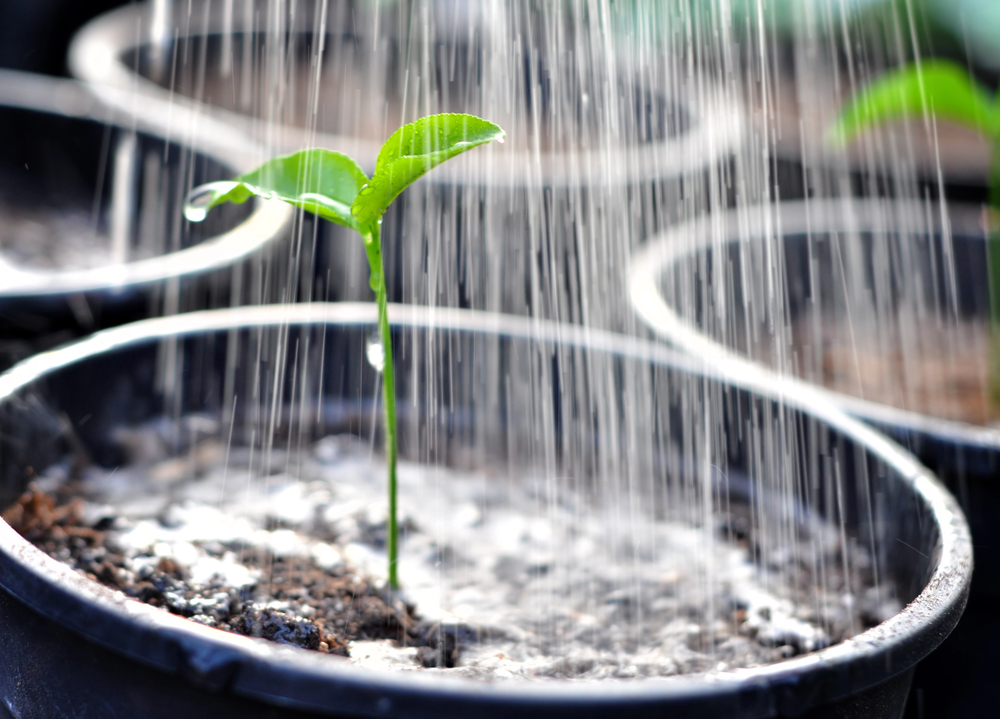
Overwatering is a frequent mistake that can drown your plants, depriving their roots of the oxygen they need. This often leads to root rot, which can be fatal for many types of plants. To avoid this, ensure your soil has good drainage and only water when the top inch feels dry. It’s also helpful to research the specific water needs of each plant in your garden.
Planting Too Close Together
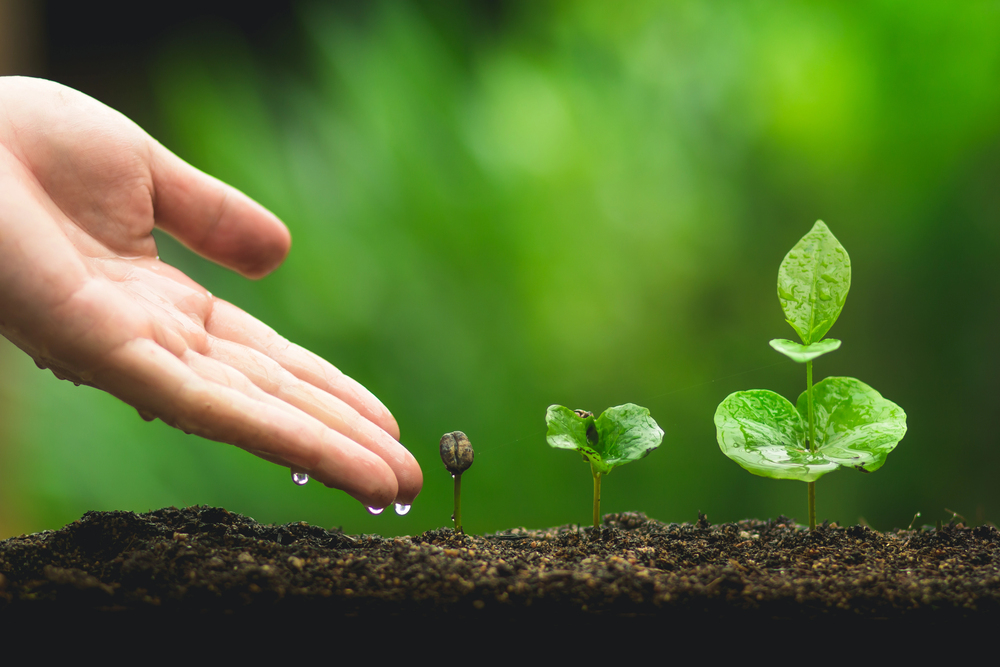
When plants are placed too close together, they compete for sunlight, nutrients, and water, which can stunt their growth. Crowded plants also create a humid environment that fosters disease. To prevent this, give each plant enough space based on its mature size, and thin seedlings as they grow. Proper spacing allows for better air circulation and healthier plants.
Ignoring Soil Quality
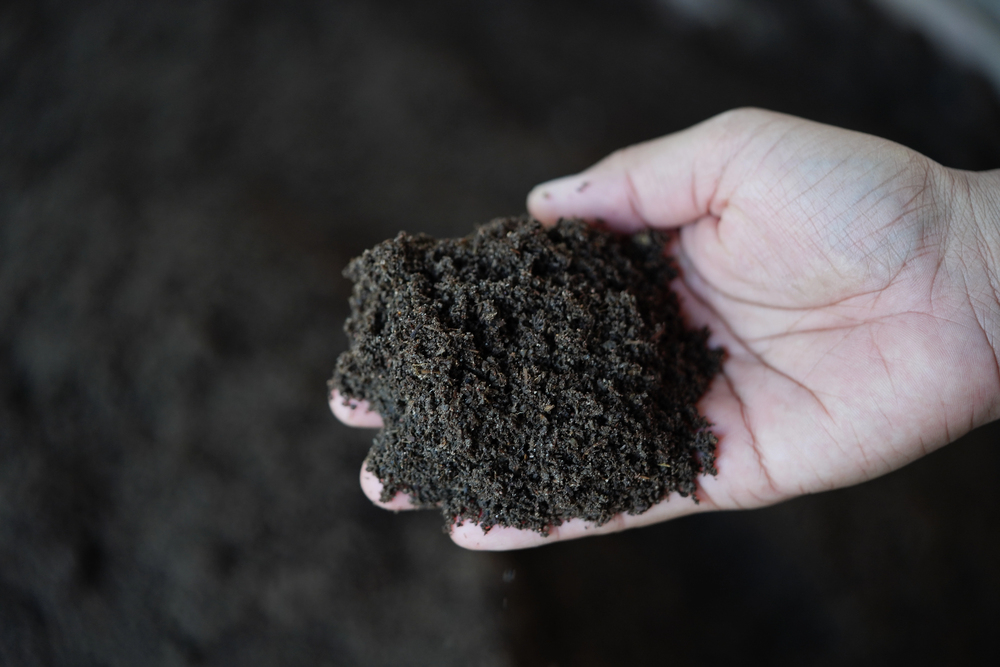
Soil is the foundation of a healthy garden, yet many gardeners neglect to improve or test it before planting. Poor soil can lack essential nutrients, affecting plant growth and yield. To avoid this, regularly test your soil’s pH and nutrient levels, and amend it with compost or other organic matter as needed. Healthy soil supports strong, resilient plants.
Planting at the Wrong Time

Timing is crucial in gardening, and planting too early or too late in the season can be detrimental. Plants may struggle to grow if they’re exposed to unfavorable weather conditions. To ensure success, follow local planting guides and be mindful of your region’s climate. This helps your plants establish themselves during optimal growing conditions.
Neglecting to Mulch
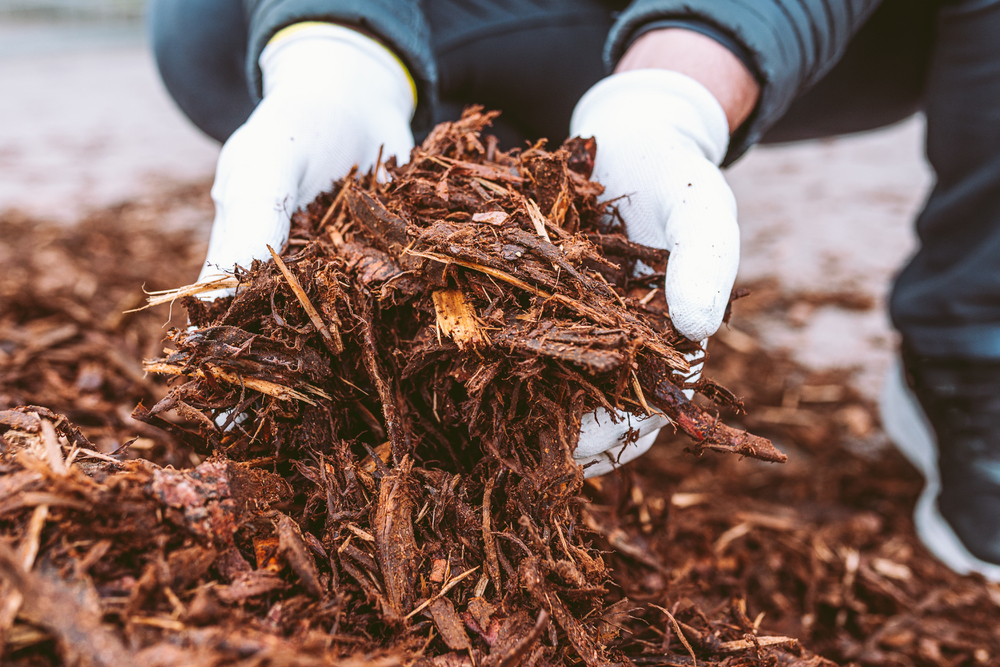
Mulching is an often overlooked but essential gardening practice that helps retain soil moisture, regulate temperature, and suppress weeds. Without mulch, your garden may suffer from fluctuating soil temperatures and more frequent watering needs. Apply a layer of organic mulch around your plants to maintain a stable environment and reduce maintenance. This simple step can significantly improve your garden’s health.
Over-Fertilizing
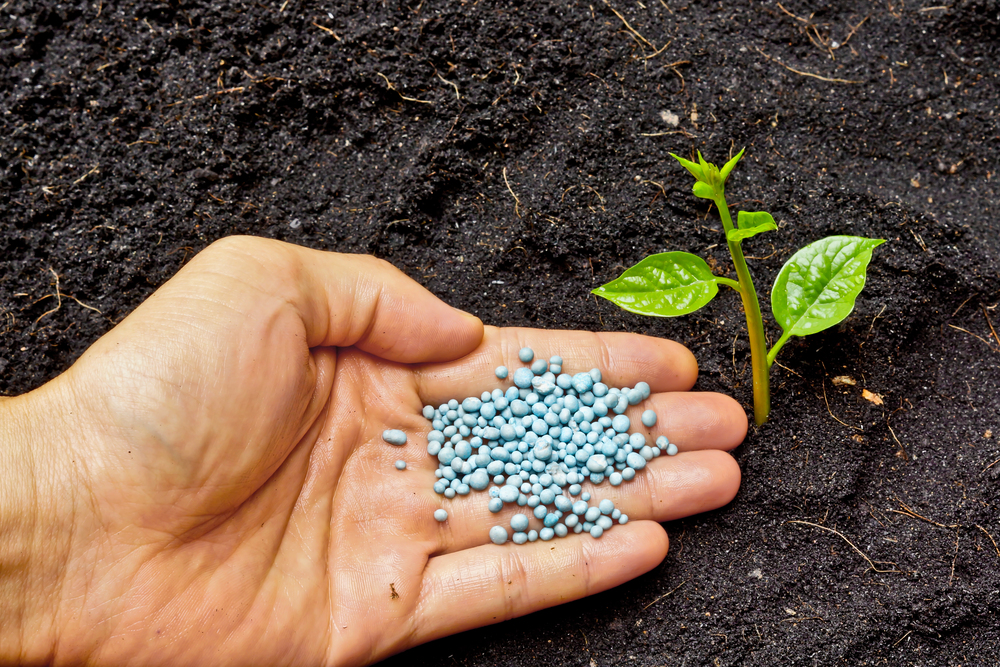
While it’s tempting to give plants extra nutrients, over-fertilizing can do more harm than good. Excess fertilizer can burn plant roots and lead to excessive foliage growth at the expense of flowers and fruit. To avoid this, follow the recommended application rates for your fertilizer, and consider using slow-release options. Balanced feeding promotes healthy growth without overwhelming your plants.
Choosing the Wrong Plants for Your Climate
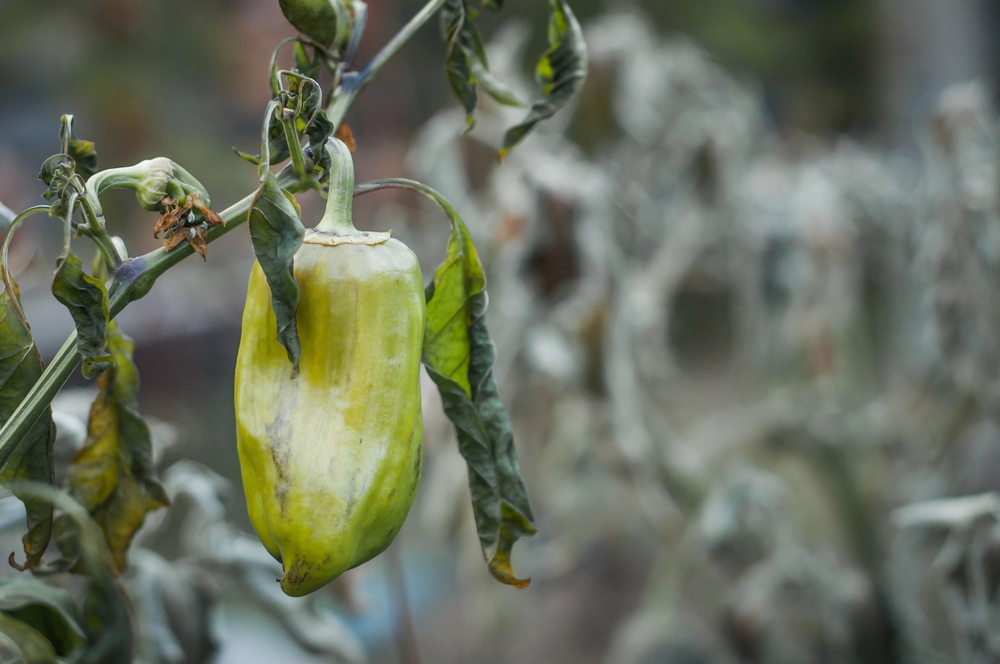
Planting species that aren’t suited to your local climate can lead to poor growth and increased maintenance. These plants may struggle to thrive, requiring more water, protection, or care than native or climate-adapted species. To avoid this, research plants that are well-suited to your area’s conditions and choose varieties that will thrive with minimal intervention. This ensures a more sustainable and successful garden.
Neglecting Pest Control
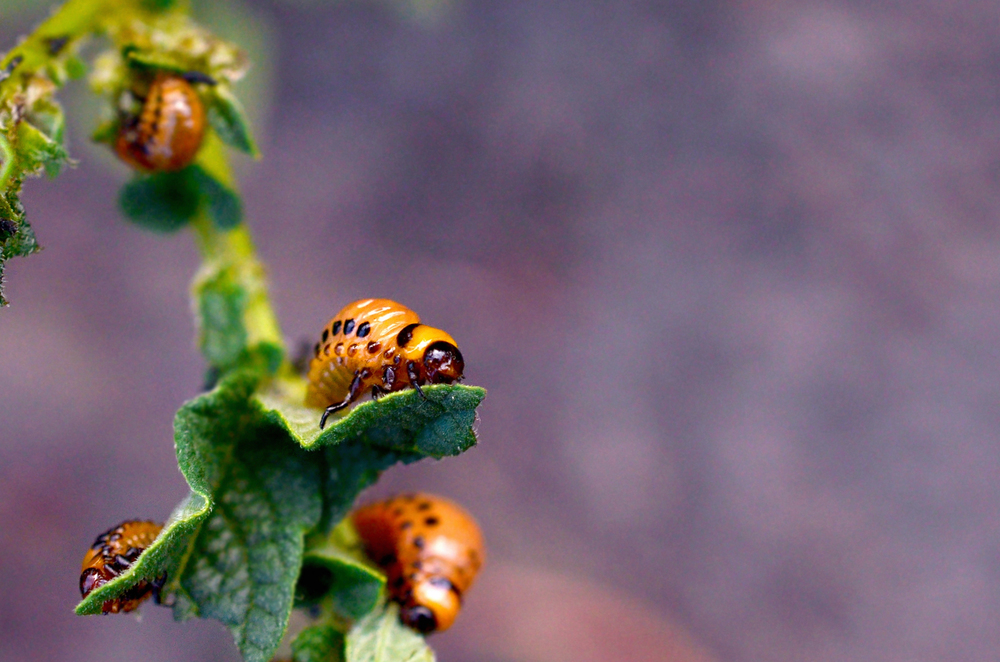
Ignoring pests until they become a significant problem can result in severe damage to your plants. Common pests like aphids, slugs, and caterpillars can quickly decimate a garden if left unchecked. To prevent this, regularly inspect your plants for signs of pests and take action early, using natural or organic pest control methods when possible. Early intervention can save your garden from major infestations.
Overlooking Pruning
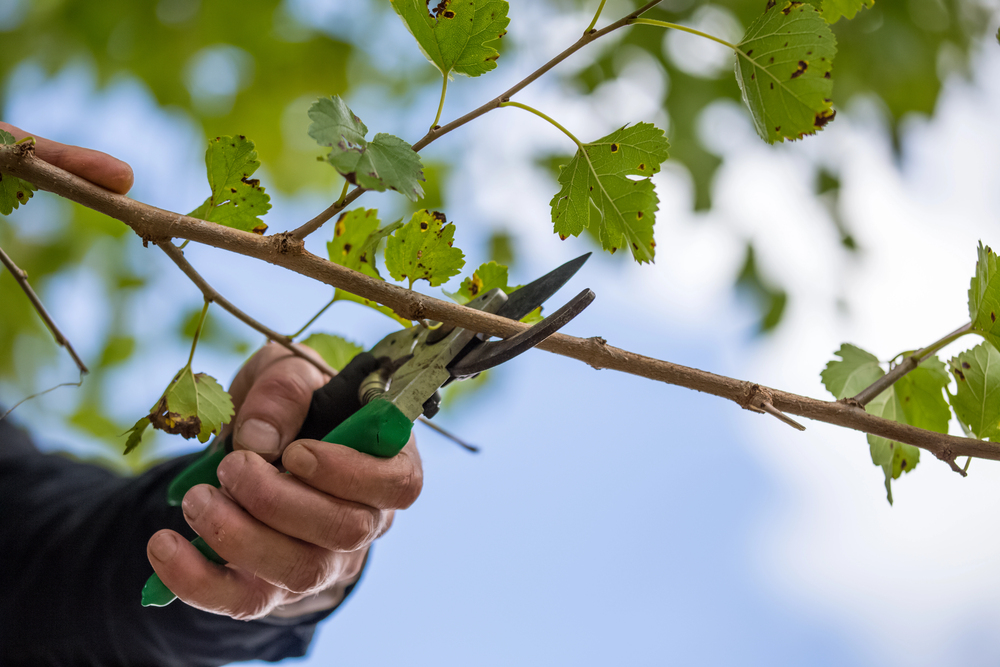
Pruning is crucial for many plants, yet it’s often neglected, leading to overgrown and unhealthy growth. Without regular pruning, plants can become leggy, produce fewer flowers, and suffer from poor air circulation. To avoid this, learn the proper pruning techniques for each type of plant in your garden and prune at the right times. Regular pruning promotes strong, balanced growth and enhances the overall appearance of your garden.
Planting in Poor Drainage Areas
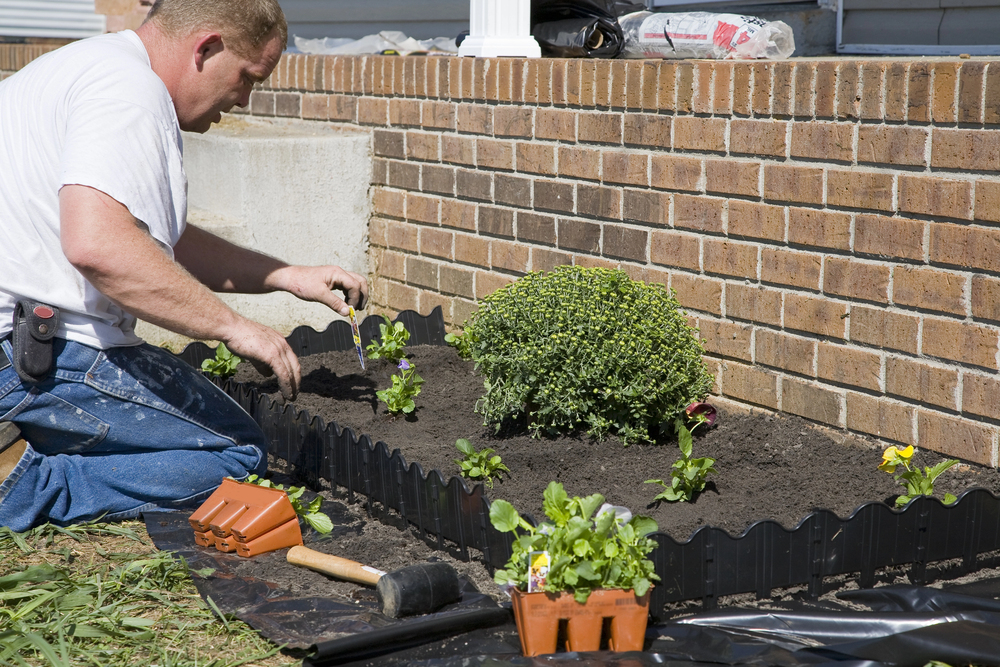
Areas with poor drainage can cause water to pool around plant roots, leading to rot and other issues. If water doesn’t drain well, it can suffocate roots and create an unhealthy environment for plants. To prevent this, assess your garden’s drainage and improve it by adding organic matter, creating raised beds, or installing drainage systems. Ensuring proper drainage is key to healthy root development.
Ignoring Light Requirements
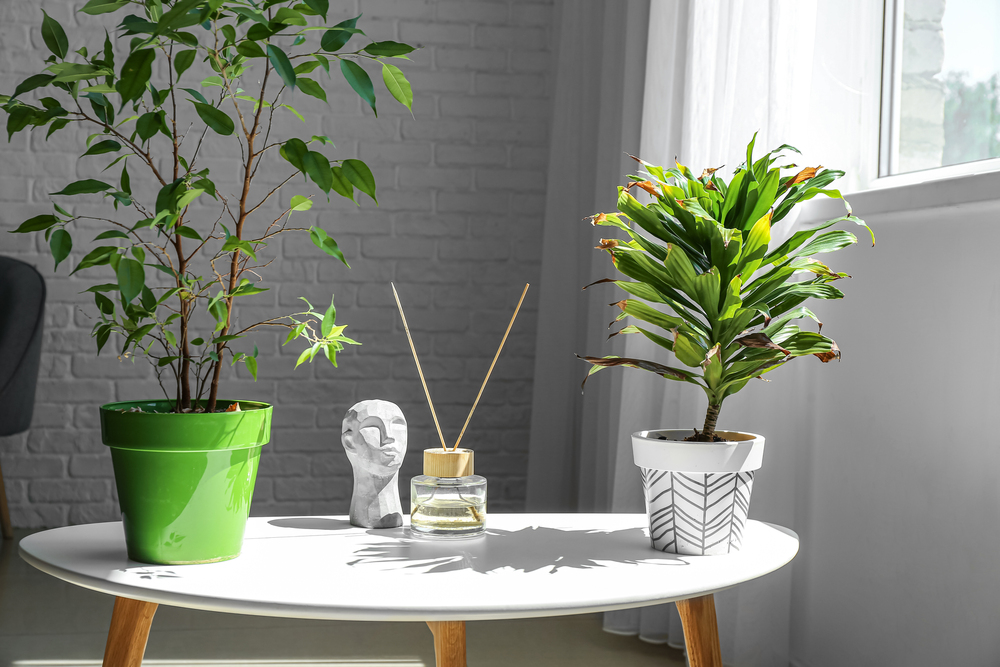
Each plant has specific light needs, and placing them in the wrong location can hinder their growth. Too much shade can lead to weak, leggy plants, while too much sun can cause leaf burn. To avoid this, observe the light patterns in your garden and place plants in areas where they will receive the appropriate amount of sunlight. Proper placement ensures that your plants get the energy they need to thrive.
Using the Wrong Tools
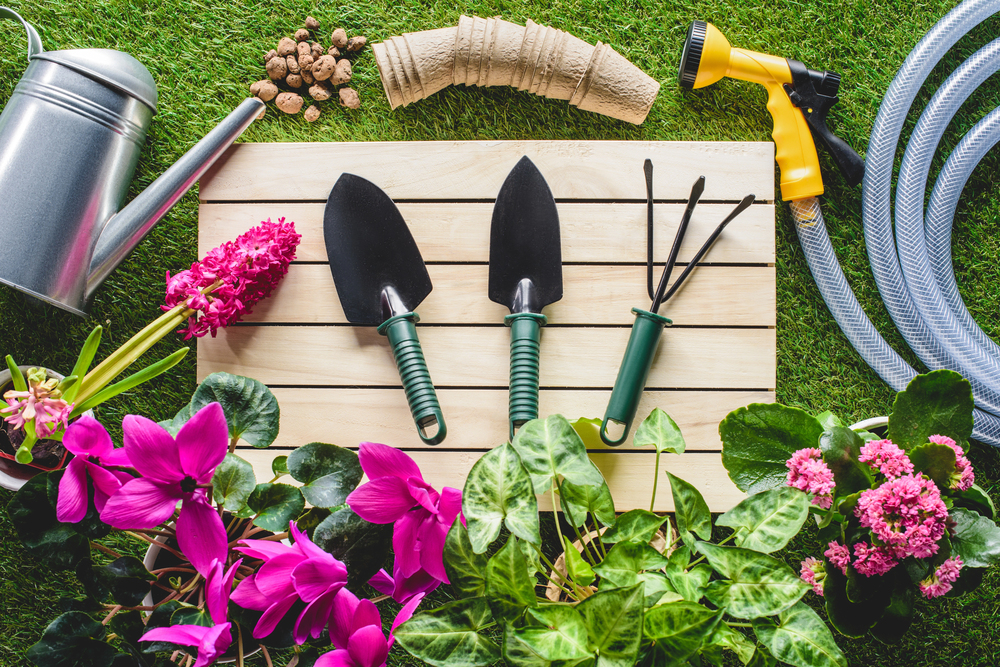
Gardening with improper or dull tools can make tasks harder and less effective. For example, a dull pruner can crush stems rather than making a clean cut, leading to plant damage. To avoid this, invest in high-quality tools and maintain them regularly by cleaning and sharpening as needed. The right tools make gardening easier and help you achieve better results.
Neglecting to Weed Regularly
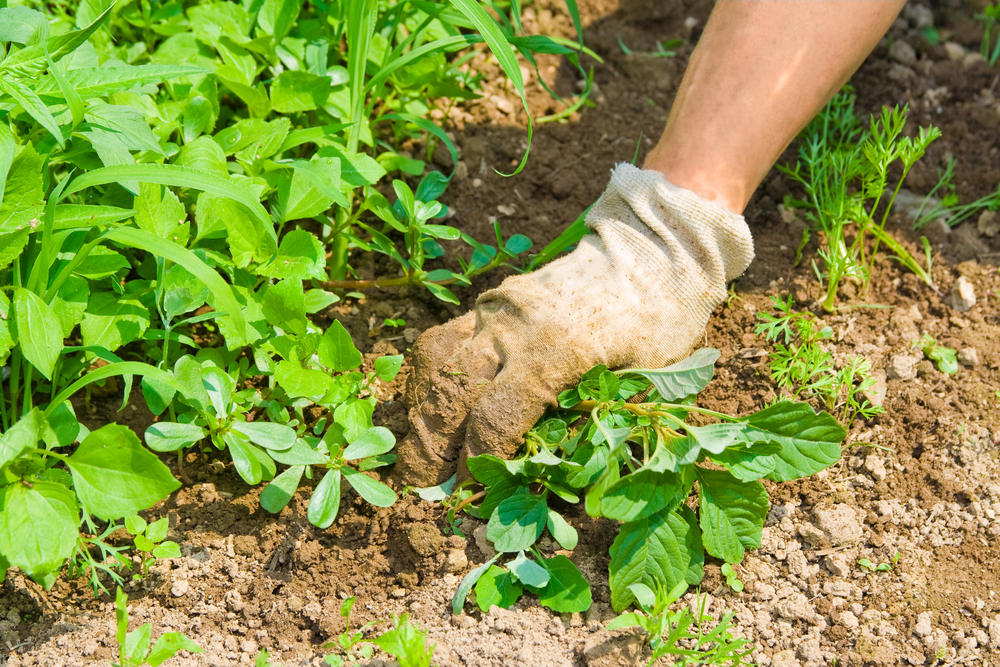
Weeds compete with your plants for nutrients, water, and sunlight, and can quickly overtake a garden if not managed. Regular weeding is essential to keep your plants healthy and your garden looking tidy. To prevent weeds from becoming a major issue, remove them as soon as they appear and consider using mulch or ground covers to suppress weed growth. Consistent weeding keeps your garden in top shape and your plants thriving.
This article originally appeared on RetailShout.
More From RetailShout
13 Trader Joe`s Seasonal Items You Shouldn`t Miss

Each season brings new excitement to the shelves of Trader Joe’s, where seasonal items quickly become fan favorites. These limited-edition products are not only delicious but also perfectly capture the flavors and moods of the time of year. Read More.
19 Quick and Easy Dinner Ideas Using Only Trader Joe`s Ingredients

Trader Joe’s is a treasure trove of unique and high-quality ingredients, perfect for creating quick and delicious dinners. Whether you’re a seasoned chef or just looking for something easy to whip up after a long day, these dinner ideas are designed to be both satisfying and simple. Read More.
18 Trader Joe`s Pantry Staples That Are Perfect for Busy Weeknights

When the week gets hectic, having a well-stocked pantry can make all the difference in getting dinner on the table. Trader Joe’s offers a variety of pantry staples that are not only convenient but also packed with flavor. Read More.






